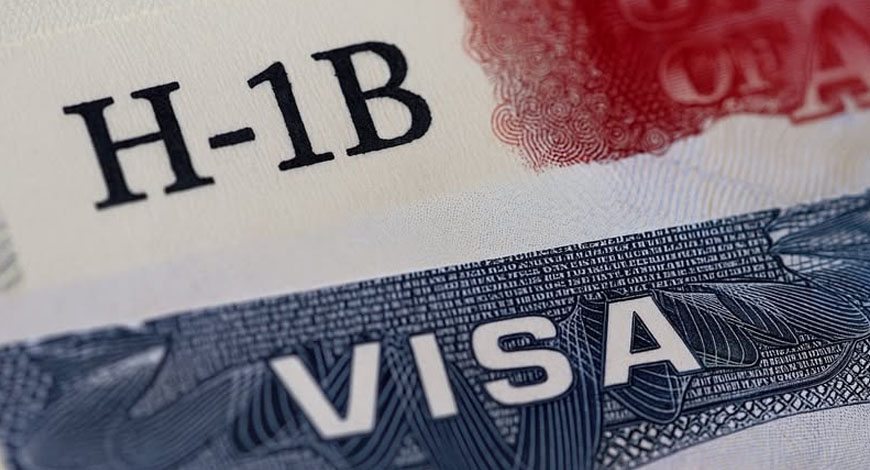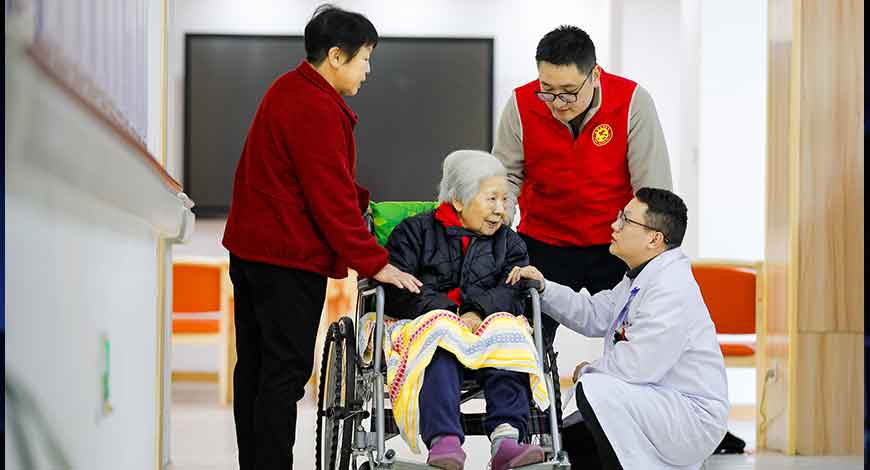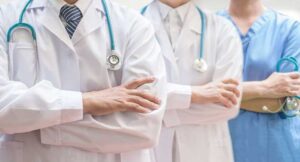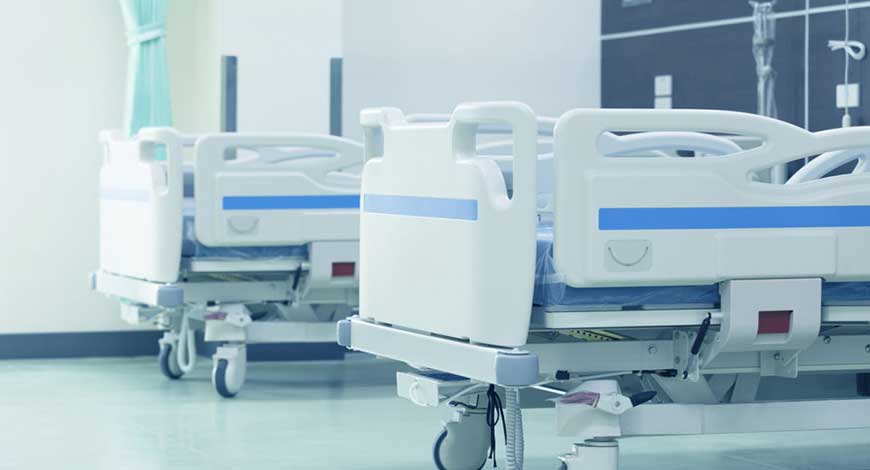The Cabinet, chaired by the Prime Minister Narendra Modi, has approved the Department of Scientific and Industrial Research / Council of Scientific and Industrial Research (DSIR/CSIR) Scheme on “Capacity Building and Human Resource Development” with a total outlay of Rs.2277.397 crore for the period of the Fifteenth Finance Commission Cycle 2021-22 to 2025-26.
The scheme is implemented by the CSIR and will cover all R&D institutions, national laboratories, Institutes of National Importance, Institutes of Eminence, and Universities across the country. The initiative provides a wide platform for young, enthusiastic researchers aspiring to build careers in universities, industry, national R&D laboratories, and academic institutions. Guided by eminent scientists and professors, the scheme will foster growth in Science, Technology & Engineering, Medical, and Mathematical Sciences (STEMM).
The Capacity Building and Human Resource Development Scheme plays an important role in the achievement of the Sustainable Development Goals (SDGs) for the S&T sector in India by increasing the researchers per million population. The Scheme has demonstrated its relevance by building capacity and expanding the pool of high-quality human resources in the S&T sector.
Concerted efforts put in Research and Development (R&D) in Science and Technology (S&T) by the Government of India during last decade, India has improved its position in the Global Innovation Index (GII) to 39th rank in 2024 as per the World Intellectual Property Organisation (WIPO) ranking which will further improve in near future under the visionary guidance of the Prime Minister of India. As a result of support to R&D by the Government, India is now among the top three in terms of scientific paper publications as per NSF, USA data. DSIR’s scheme is supporting thousands of research scholars and scientists whose outputs have contributed significantly to India’s S&T achievements.
This approval creates a historical milestone in CSIR on its 84 years of service to Indian scientific and industrial research, through the umbrella scheme implementation, which accelerates the country’s R&D progress in the present and future generations. CSIR umbrella scheme “Capacity Building and Human Resource Development (CBHRD) which has four sub-schemes such as (i) Doctoral and Postdoctoral Fellowships (ii) the Extramural Research Scheme, the Emeritus Scientist Scheme, and the Bhatnagar Fellowship programme; (iii) Promotion and Recognition of Excellence through the Award Scheme; and (iv) Promoting knowledge sharing through the Travel and Symposia Grant Scheme.
This initiative reflects the Government’s commitment towards building a robust R&D driven innovation ecosystem and preparing Indian science for global leadership in the 21st century.
The NewsBit Bureau









